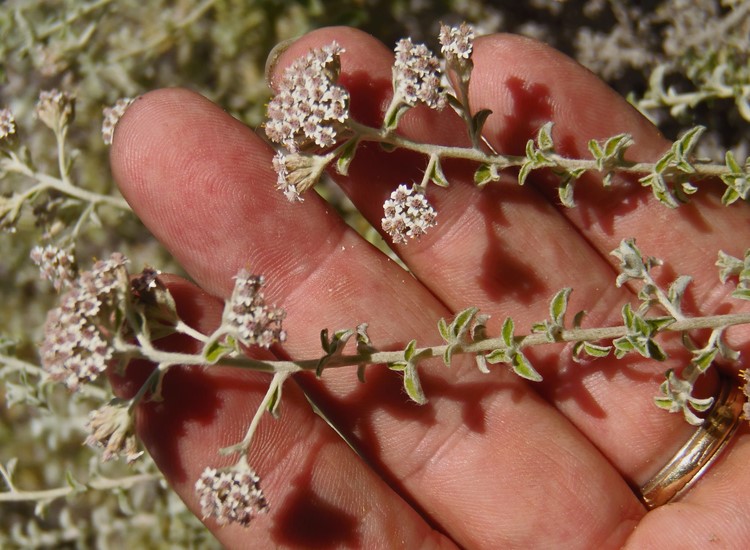Created on: Wednesday, Feb 3rd, 2016
Not listed in ARS GRIN database under the name or the synonym. Nothing listed in Web of Science. Tried to find information from its native range on biology in the wild but had no luck.
The best information was from its native range in South Africa: http://pza.sanbi.org/plecostachys-serpyllifolia
Dave's Garden: http://davesgarden.com/guides/pf/go/55068/
San Marcos Growers: http://www.smgrowers.com/products/plants/plantdisplay.asp?plant_id=1295.
Reviewed by Irina Irvine, NPS Santa Monica Mountains Recreation Area, and Ramona Robison, independent botanist
FYI from Cark Cowan at Channel Islands National Park species found at Santa Rosa Island and possibly Santa Cruz Island: "When I first reported it at a Botanic Garden meeting (2008?) with Steve Junak we thought it was Helichrysum petiolare. The latest find that Sangeet made at Skunk point was Plecostachys serpyllifolia. Initially when it was reported we thought it was licorice plant but he identified it as Plecostachys serpyllifolia. We do have specimens of the material from SRI and possibly SCI."
- < 13 : accept (low risk of invasiveness)
- 13 - 15 : evaluate further
- > 15 : reject (high risk of invasiveness)

